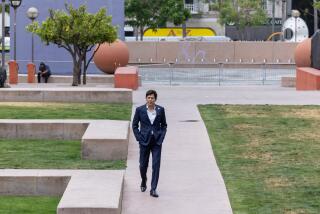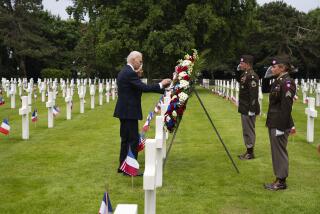American memorials to the Battle of the Bulge dot the Belgium landscape
American World War II monuments and memorials are tucked everywhere in eastern Belgium, recalling flash points in the Battle of the Bulge, the last major German assault on the Western Front in World War II.
By the time the offensive began, the Allies had liberated most of France and Belgium but had slowed down upon reaching the German border. Americans dug into a pocket of eastern Belgium and Luxembourg, where they were caught off-guard when Hitler launched the Battle of the Bulge on Dec. 16, 1944.
American troops held out as long as they could in rough, isolated terrain and wretched winter weather, cut off from relief and resupply. But there were mass surrenders, 19,000 Americans died in the Bulge, and U.S. troops defending the Belgian town of Bastogne endured a deadly German siege before salvation arrived in the form of Gen. George S. Patton’s 3rd Army.
Nowadays, Bastogne gets the most visitor attention, because of the drama of the rescue. But for World War II buffs there is rich territory to explore in northern Battle of the Bulge sectors, into which Adolf Hitler sent his toughest units.
On country roads south of Aachen, Germany, you can still see German tank barriers, known as Dragon’s Teeth, and the fairy tale hamlet of Monschau, left intact in its deep valley -- purportedly because Hitler, who had been there, decreed it should not be destroyed.
Farther south is a handful of infamous sites along the border between Belgium and Germany where Americans fought desperately during the early days of the Battle of the Bulge: Losheim Gap, Krinkelt, Stavelot and Malmédy, the site of a massacre of scores unarmed American prisoners of war, gunned down by German soldiers.
A vintage 105-mm howitzer stands on the front lawn of a restaurant at Parker’s Crossroads, marking the place where 500 U.S. troops resisted a German Panzer division for five crucial days during the Battle of the Bulge. From there it’s a straight shot south to Bastogne on Highway N30.
Spano is a Times staff writer
More to Read
Sign up for The Wild
We’ll help you find the best places to hike, bike and run, as well as the perfect silent spots for meditation and yoga.
You may occasionally receive promotional content from the Los Angeles Times.






